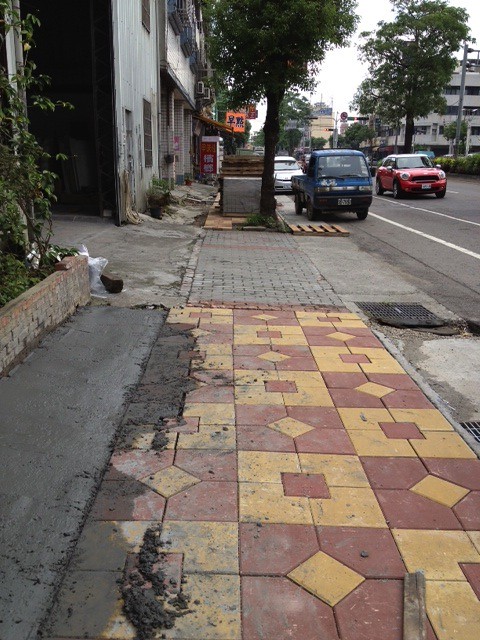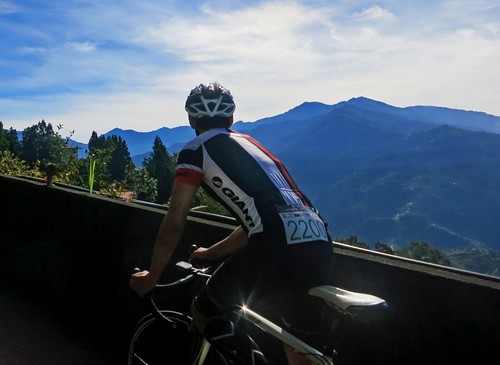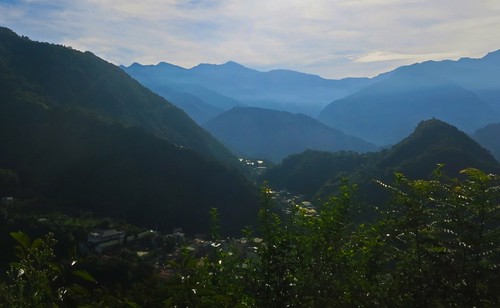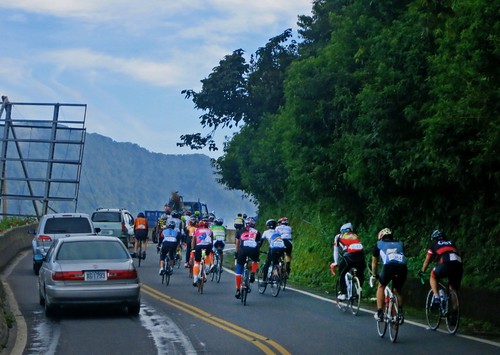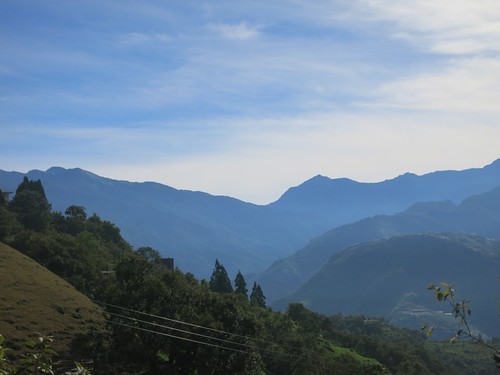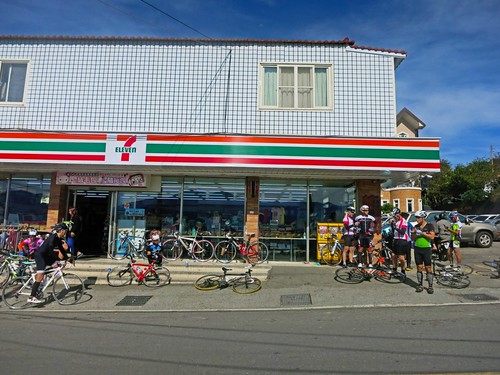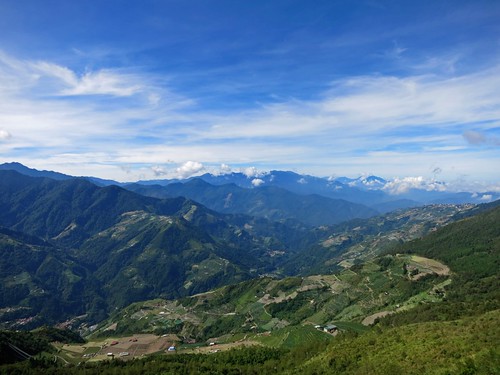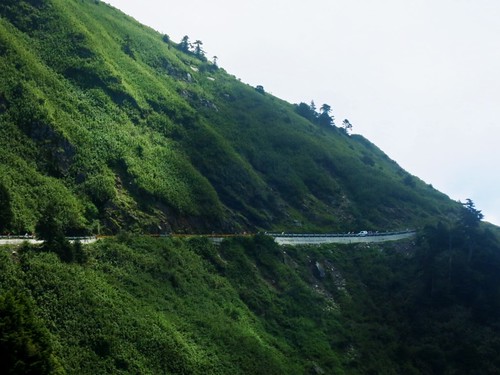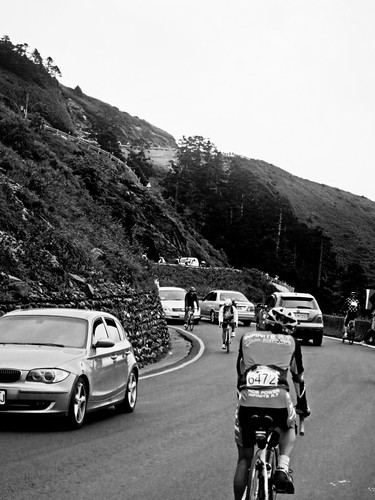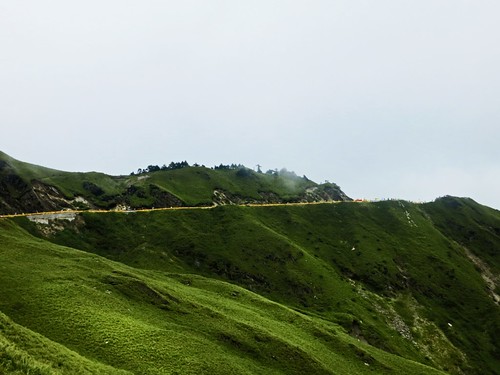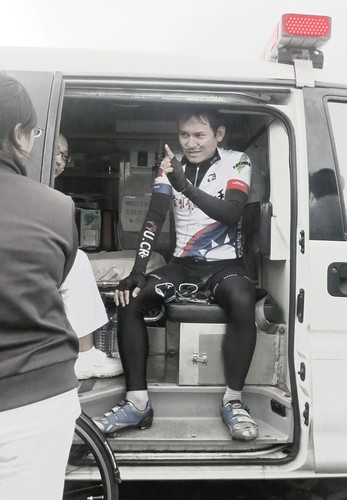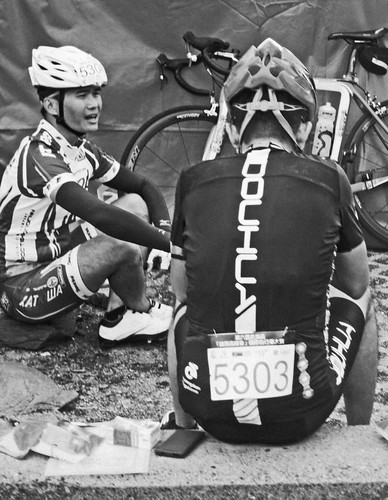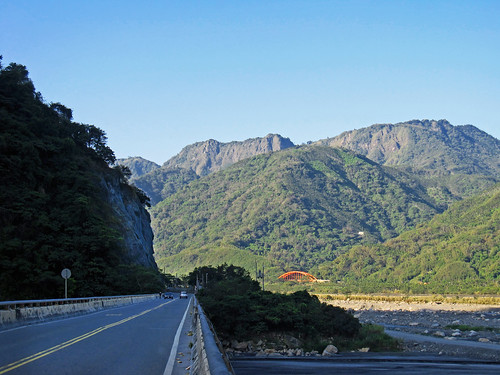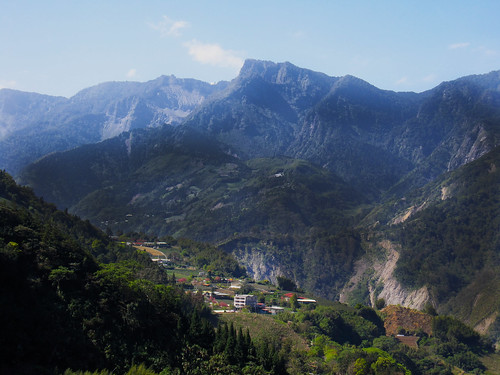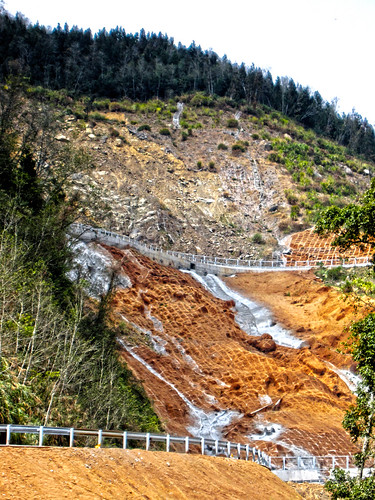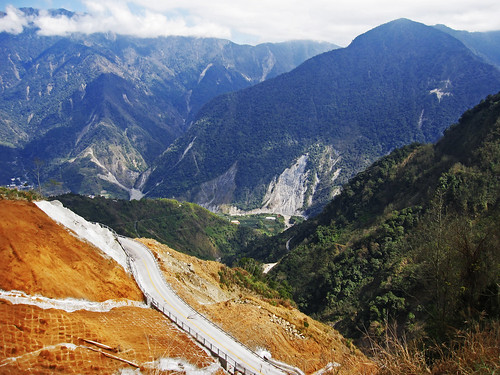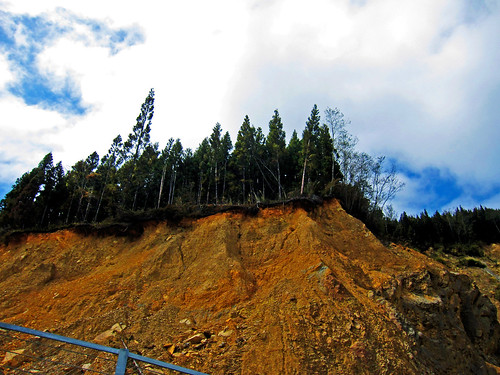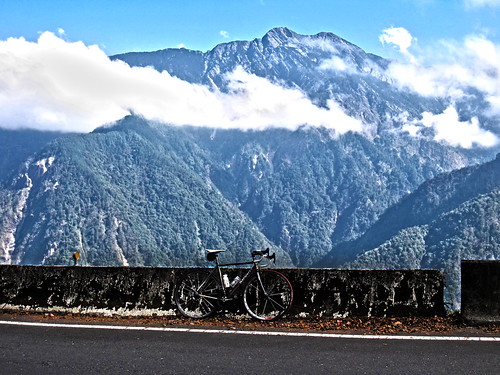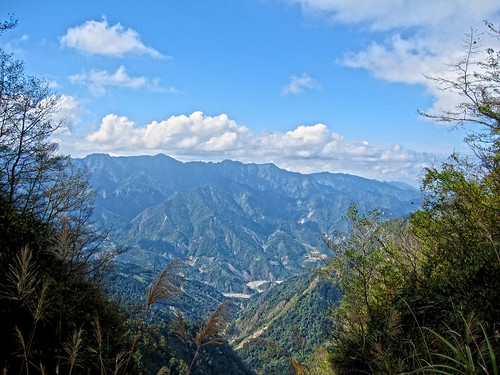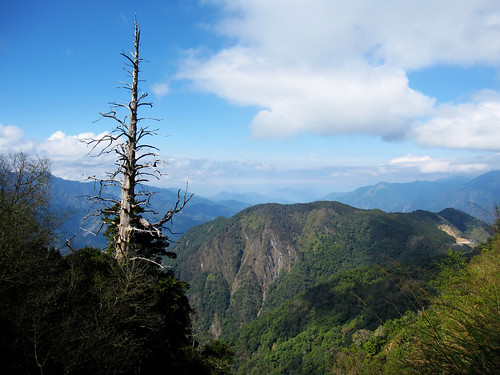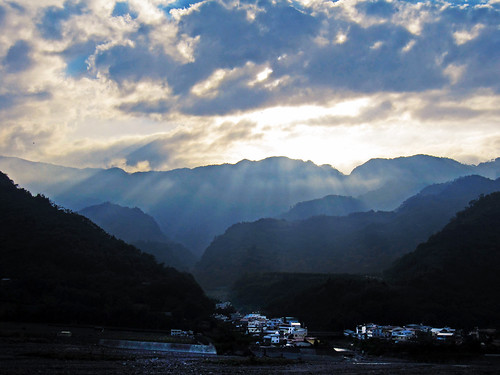
The entire report is posted below:
〔自由時報記者葉士弘/台北報導〕2013年環台賽昨天畫下句點,卻傳出自由車協會有意吹熄燈號,明年可能停辦環台賽。副秘書長王美香表示,比賽自去年升級為2.1級後,各方面要求都明顯提高,尤其國際轉播需要大筆經費,來自經濟部的贊助卻可能在明年取消,續辦將遭遇極大困難。
環台賽因寶島地形特殊,總能吸引世界各地車隊參賽,卻不是一路順遂,也曾在2001年因經費募集困難停辦一次。去年升級為國際車總2.1級賽事後,大幅增加的國際轉播費用,車協依靠來自經濟部的經費挹注,但今年贊助只剩三分之一,明年甚至可能取消。王美香說:「降級太難看,如果找不到錢,可能會停辦。」停辦環台賽,引來車界不同看法,申騰美利達領隊邱朝雄說:「每年就一場比賽,這是最能代表台灣的比賽,停辦可能讓車隊找不到贊助商。」
南寶樹脂NOVATEC車隊教練郭文進則強調,當初升級就太倉促,環台賽都是國外車隊曝光,與國內車隊有距離。
Liberty Times/ Reporter Yeh Shin Hong
2013 Tour de Taiwan ended yesterday. However, it’s rumored that the Chinese Taipei Cycling Association is planning to suspend its role as host for the Tour de Taiwan next year. The TCA deputy secretary, Wang Mei Sian (王美香), stated that the requirements for hosting games have been raised ever since the race was promoted to class 2.1. In particular, international broadcasting rights are quite expensive. However, the subsidies from the Department of Economic Affairs might be suspended, making it difficult to continue hosting the event next year.
The Tour de Taiwan is famous for its special geographic landscape, always attracting teams from all over the world to participate. However, things are going as well within the Tour de Taiwan. In 2001, Tour de Taiwan was not held for a year due to the lack of sponsorship and financial difficulties. Beginning last year, the Tour de Taiwan was promoted to class 2.1. The increase expense in international broadcasting has been relying on the support of Department of Economic Affairs. However, the amount of money from the Department of Economic Affairs that went to the event was slashed to one-third of what it used to be.
What’s even worse is that the Department of Economic Affairs may be planning not to allocate funds for the race next year. “ Instead of being demoted in class, it’s possible the race will be postponed for a year if not enough financial aid is provided.
When asked about the possibility of postposing Tour de Taiwan, various comments have appeared. The manager of Team Senter-Merida Taiwan said that “This is a yearly event, which best represents Taiwan. Postponing the race may put teams in danger of not able to find sponsors.”
On the other hand, the coach of Nanpao-Novatec Cycling Team emphasized that the promotion to class 2.1 was too rushed. It turns out that most teams participating in Tour de Taiwan are foreign, while local teams are not provided with enough opportunities.
My first reaction is to assume the issue will come to naught. My guess is that this is part of a play by the sponsors to pressure the government and taxpayers into picking up a greater percentage of the tab.
The chief beneficiaries of the Tour of Taiwan, besides the chiefs in the UCI, are the large bike companies that routinely use bike festivals and events as a sales tool for generating greater streams of domestic revenue.
Although there is another part of me that feels the influence of the sponsors in route planning really hurts the Tour of Taiwan's ability to market itself for broadcasting.
I mean, who really wants to tune in to watch the peloton cut through polluted and industrial Dajia for the simple reason of swinging past the Giant factory to pad the company's ego? It may play into the whole "King and kingdom" motif they have built up around Giant and King Liu by having riders pass the headquarters and pay homage, but it does not make for very compelling racing or marketable television for the amateur cyclist.
The race has been in existence since 1978, and recognized by the UCI since 2005. It may be high time to step up and focus on repositioning the race on the race calendar as either an early season stage race to condition climbers and other specialists for the grand tours, or position the race as a season ending option for a few riders who failed to live up to their hype and earn a few more points before the World Championships.
Moreover, organizers are going to have to resist those tempting industrial wasteland loops in favor of parcours through Taiwan's more challenging interior. Taiwan has the terrain to become a bright spot on the cycling map, but the Tour de Taiwan lacks the confluence of timing, geography, weather, and willpower.
For starters, the organizers can replace "de" with "of".
Related:
Lee Rodgers has a nice article in Pez Cycling about the Tour de Taiwan.
